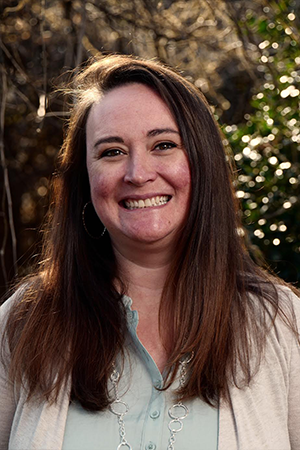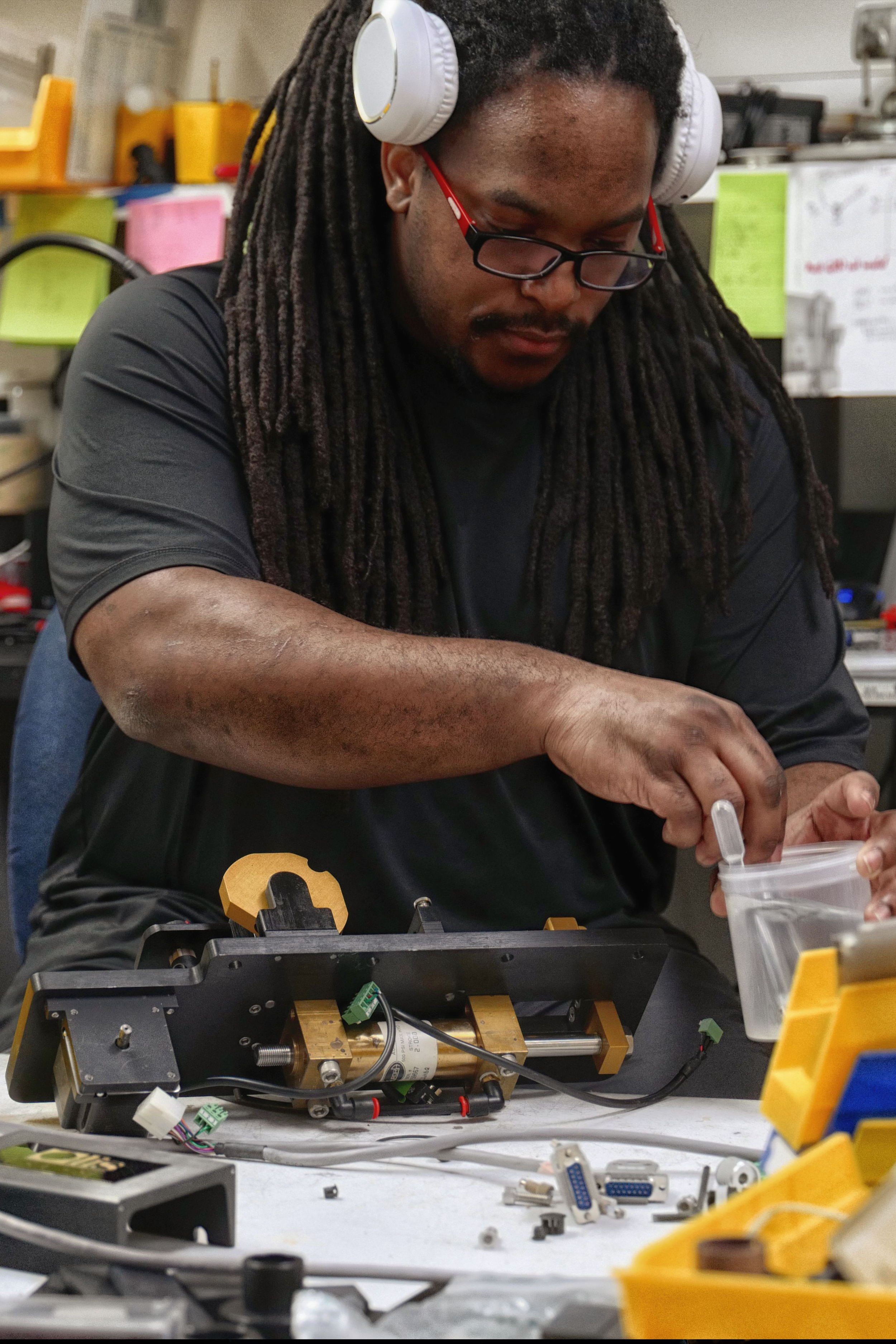A Biased View of Uv/vis
A Biased View of Uv/vis
Blog Article
Some Ideas on Uv/vis/nir You Need To Know
Table of ContentsCircularly Polarized Luminescence for DummiesThe Uv/vis IdeasUv/vis/nir Can Be Fun For EveryoneExcitement About Uv/vis/nirExamine This Report on Circularly Polarized LuminescenceThe 9-Second Trick For SpectrophotometersGet This Report on SpectrophotometersThe Facts About Circularly Polarized Luminescence RevealedA Biased View of SpectrophotometersUv/vis/nir Can Be Fun For AnyoneOur Circular Dichroism PDFsSome Known Details About Circularly Polarized Luminescence Things about Uv/vis/nir
It is then scanned through the sample and the referral options. Fractions of the event wavelengths are sent through, or shown from, the sample and the referral. Electronic circuits convert the relative currents into direct transmission portions and/or absorbance/concentration worths.The transmission of a referral compound is set as a baseline (datum) worth, so the transmission of all other compounds are taped relative to the preliminary "zeroed" substance. The spectrophotometer then converts the transmission ratio into 'absorbency', the concentration of specific parts of the test sample relative to the initial substance.
Because samples in these applications are not readily offered in large quantities, they are specifically suited to being evaluated in this non-destructive technique. In addition, valuable sample can be conserved by using a micro-volume platform where just 1u, L of sample is required for complete analyses. A quick description of the treatment of spectrophotometry includes comparing the absorbency of a blank sample that does not include a colored substance to a sample that contains a colored substance.
Circularly Polarized Luminescence Things To Know Before You Buy
In biochemical experiments, a chemical and/or physical home is chosen and the procedure that is used specifies to that residential or commercial property in order to derive more information about the sample, such as the quantity, pureness, enzyme activity, and so on. Spectrophotometry can be utilized for a variety of methods such as figuring out optimum wavelength absorbance of samples, identifying ideal p, H for absorbance of samples, figuring out concentrations of unknown samples, and identifying the p, Ka of different samples.: 21119 Spectrophotometry is likewise a handy process for protein filtration and can also be utilized as an approach to produce optical assays of a substance.
It is possible to understand the concentrations of a 2 element mix utilizing the absorption spectra of the basic options of each part. To do this, it is necessary to know the extinction coefficient of this mixture at two wave lengths and the extinction coefficients of options which contain the known weights of the two parts.

Indicators on Uv/vis/nir You Need To Know
Area. The concentration of a protein can be estimated by determining the OD at 280 nm due to the existence of tryptophan, tyrosine and phenylalanine.
This technique requires a spectrophotometer capable of determining in the UV region with quartz cuvettes.: 135 Ultraviolet-visible (UV-vis) spectroscopy involves energy levels that delight electronic transitions. Absorption of UV-vis light thrills particles that are in ground-states to their excited-states.
These curves can be used to check a new batch of colorant to inspect if it makes a match to specs, e
Traditional visible region spectrophotometers area not detect if discover colorant or the base material has product. This can make it challenging to manage color problems if for example one or more of the printing inks is fluorescent. There are 2 significant setups for visual spectrum spectrophotometers, d/8 (spherical) and 0/45.
Scientists utilize this instrument to determine the amount of compounds in a sample. In the case of printing measurements two alternative settings are typically utilized- without/with uv filter to manage much better the result of uv brighteners within the paper stock.
Getting My Uv/vis To Work
Some applications need small volume measurements which can be carried out with micro-volume platforms. As explained in the applications section, spectrophotometry can be utilized in both qualitative and quantitative analysis of DNA, RNA, and proteins. Qualitative analysis can be used and spectrophotometers are used to tape-record spectra of compounds by scanning broad wavelength regions to figure out the absorbance residential or commercial properties (the intensity of the color) of the compound at each wavelength.

An Unbiased View of Uv/vis
One major factor is the type of photosensors that are readily available for various spectral areas, however infrared measurement is likewise difficult since virtually everything gives off IR as thermal radiation, particularly at wavelengths beyond about 5 m. Another problem is that many materials such as glass and plastic absorb infrared, making it incompatible as an optical medium.
Samples for IR spectrophotometry may be smeared between 2 discs of potassium bromide or ground with potassium bromide and pushed into a pellet. Where aqueous services are to be determined, insoluble silver chloride is utilized to construct the cell. Spectroradiometers, which run nearly like the visible region spectrophotometers, are developed to determine the spectral density of illuminants. 2013. p. 13. Allen, DW; Cooksey, C; Tsai, BK (Nov 13, 2009). "Spectrophotometry". Recovered Dec 23, 2018. Ninfa AJ, Ballou DP, Benore M (2010 ). Fundamental Laboratory Approaches for Biochemistry and Biotechnology (second ed.). Hoboken: Wiley & Sons. ISBN 9780470087664. OCLC 488246403. Schwedt G (1997 ). The vital guide to analytical chemistry.
Chichester, NY: Wiley. pp. 1617. ISBN 9780471974123. OCLC 36543293. Ninfa AJ, Ballou DP (2004 ). Basic laboratory approaches for biochemistry and biotechnology. Hoboken: Wiley. p. 66. ISBN 9781891786006. OCLC 633862582. Rendina G (1976 ). Philadelphia, PA: W. B. Saunders Company. pp. 46-55. ISBN 0721675506. OCLC 147990. Oke, J. B.; Gunn, J. E.
The 8-Second Trick For Uv/vis
"Secondary basic stars for outright spectrophotometry". The Astrophysical Journal. 266: 713. Bibcode:1983 Ap, J..266..713 O. doi:10. 1086/160817. Ishani, G (2006 ). "The first commercial UV-vis spectrophotometer". p. 100. Retrieved Dec 23, 2018. Simoni, RD; Hill, RL; Vaughan, M; Tabor, H (Dec 5, 2003). "A Timeless Instrument: The Beckman DU Spectrophotometer and Its Inventor, Arnold O.
278 (49 ): more information e1. doi:. ISSN 1083-351X. Beckman, A. O.; Gallaway, W. S.; Kaye, W.; Ulrich, W. F. (March 1977). "History of spectrophotometry at Beckman Instruments, Inc". Analytical Chemistry. 49 (3 ): 280A300A. doi:10. 1021/ac50011a001. "Hewlett Packard: Compound Recognition with HP 8450 A UV Visible Spectrophotometer". Analytical Chemistry. 51 (12 ): 1188A1189A. 1979-10-01.
1021/ac50048a728. ISSN0003-2700. Ninfa AJ, Ballou DP, Benore M (2015 ). Essential Laboratory Techniques for Biochemistry and Biotechnology (3, rev. ed.). Hoboken, NJ: Wiley & Sons. p. 77. ISBN9780470924525. OCLC915641828. "Completely Automatic Double Beam - Atomic Absorption Spectrophotometer (AA 8000)". Laboratory Devices. Labindia Analytical Instruments Pvt. Ltd. "Spectrophotometry Applications and Principles".
Not known Incorrect Statements About Circular Dichroism
"Applied Spectrophotometry: Analysis of a Biochemical Mixture". Biochemistry and Molecular Biology Education. Journal of Biochemistry Education.
Examine This Report about Circularly Polarized Luminescence
U.S. Department of Commerce National Bureau of Standards special publication; 378. Washington, D.C.: U.S. National Bureau of Standards. p. 2. OCLC 920079.
The process begins with a regulated light that illuminates the evaluated sample. In the case of reflection, as this light interacts with the sample, some is absorbed or released. The discharged light travels to the detector, which is evaluated, quantified, and presented as industry-standard color scales and indices.
All terms are assessed over the visible spectrum from 400 to 700 nm. In the case of transmission, when the light communicates with the sample, it is either absorbed, reflected, or transferred.
Some Known Details About Uv/vis/nir
Examples consist of APHA (American Public Health Association) for watercolor and purity analysis, ASTM D1500 for petrochemical color analysis, edible oil indices utilized in food, and color analyses of beverages. The streamlined math looks like this:. Where T is the transmission coefficient. All terms are evaluated over the noticeable spectrum from 400 to 700 nm.
Image Credit: Matej Kastelic/ Dr. Arnold J. Beckman and his coworkers at the National Technologies Laboratories first developed the spectrophotometer in 1940. In 1935 Beckman founded the business, and the discovery of the spectrophotometer was their most ground-breaking development. Dr. Bruce Merrifield, a Nobel prize-winning biochemist, specified that the innovation of the spectrophotometer was "probably the most crucial instrument ever established towards the improvement of bioscience." Before the discovery of the spectrophotometer, chemical analyses took weeks to complete, with 25% accuracy.
Little Known Facts About Circularly Polarized Luminescence.
Over time, scientists kept enhancing the spectrophotometer design to boost its efficiency. The UV abilities of the design B spectrophotometer were enhanced by replacing the glass prism with a quartz prism.
Normally, a spectrophotometer is made up of two instruments, namely, a spectrometer and a photometer. A standard spectrophotometer includes a light source, a monochromator, a collimator for straight light beam transmission, a cuvette to place a sample, and a photoelectric detector.
The smart Trick of Uv/vis That Nobody is Discussing
There are different kinds of spectrophotometers in different shapes and sizes, each with its own function or functionality. A spectrophotometer determines how much light is shown by chemical components. circular dichroism. It determines the difference in light strength based on the total amount of light presented to a sample and the amount of beam that travels through the sample service
As per the instrument's style, the sample is positioned in between the spectrometer and the photometer. After the light is passed through the sample, the photometer determines its strength and shows the reading. A spectrophotometer is used to identify the concentration of both colorless and colored solutes in a solution. This instrument is utilized to determine the rate of a response.
Report this page